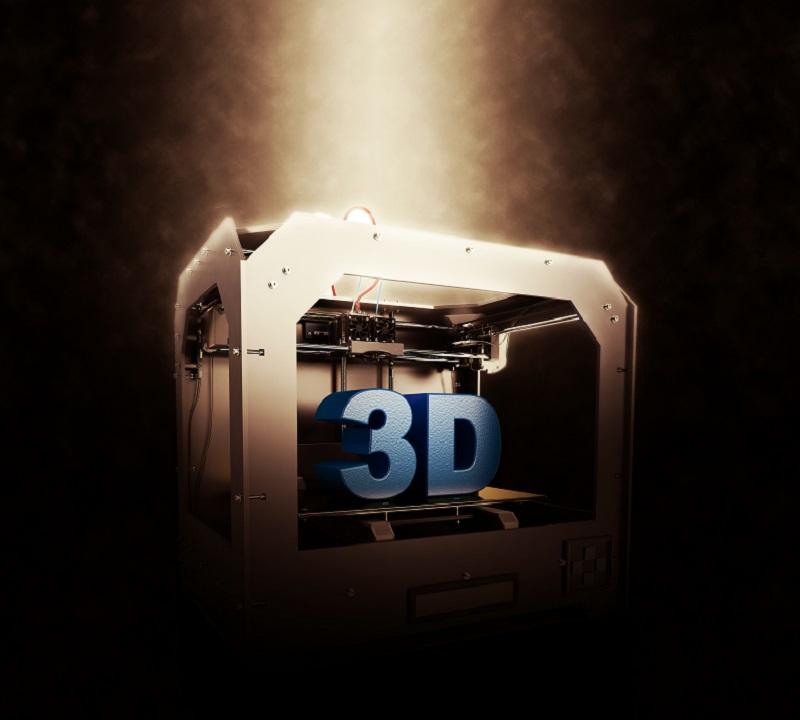
Compounding Corner - December
By Minkyung Joo
Would it be possible to use 3D printing for individual patient medications in the future?
In the past, compounding was an essential part of pharmacy practice. Throughout pharmaceutical history, pharmacists compounded drugs for the prescriber and patients. Of all the written prescriptions in the 1940s, 50% were compounded. Since then however, the pharmaceutical industry has been manufacturing most drugs and dosage forms on a large-scale for patients and the need for compounding has diminished. Since the late 1900s, a lot has changed and the pharmaceutical industry no longer supplies all the medications needed by patients. The “one-size-fits-all” rule doesn’t always account for the differences between individuals. Drugs that are discontinued due to economic reasons by a pharmaceutical manufacturer are also no longer available to patients.
Nowadays, compounding gives the pharmacist the means to customize medications to meet the individual needs of each patient. The role of the pharmacist includes compounding, quality assurance , quality control and researching the most appropriate formula for use.
In August 2015, the US Food and Drug Administration approved the anti-epileptic drug Spritam® (levetiracetam), a medication that is made by 3D printers. It prints out the powdered drug layer by layer. The advantage of this medication is that it actually dissolves faster than average pills. In terms of compounding, the advantages of 3D printing include a precise control of size and dose, as well as high reproducibility. 3D printing could also enable the production of custom drugs some day. It may be possible for a doctor to send a prescription to a pharmacy that uses a 3D printer to dispense a custom formulation based on the special needs of a patient. How can we prepare to use 3D printers in our pharmacy professions? Obviously, the importance of compounding will grow even more.
The writer is the IPSF Compounding Event Coordinator 2017/18. [email protected]
Reference
[1] Recent Advances in Quality Pharmacy Compounding
[2] Did You Know That Without Pharmacy Compounding
[3] Why Compounding.pdf, http://www.pccarx.com/join-pcca
[4] Basics of Compounding: 3D Printing--Pharmacy Applications, Part 1. Allen LV Jr, Int J Pharm Compd. 2017 Mar-Apr;21(2):127-130.
[5] Basics of Compounding: 3D Printing--Pharmacy Applications, Part 2. Allen LV Jr, Int J Pharm Compd. 2017 May-Jun;21(3):215-220.
[6] Basics of Compounding: 3D Printing: Pharmacy Applications, Part 3: Compounding, Formulation Considerations, and the Future. Allen LV Jr, Int J Pharm Compd. 2017 Jul-Aug;21(4):293-298.
[7] 3D Printing a Revolutionary Approach in Medicinal Science-Review, Human Journals, P A Patil, V N Dange, S J Shid, August 2016 Vol.:1, Issue:3



